Maths: Multisensory Activities for Teaching Big and Small
Maths: Big and Small
Big and Small These concepts are generally taught together but we also use them to describe objects without a comparative object. “wow that’s a big smile” “What a big yawn!”. We throw around size-related mathematical language with scant regard to accuracy. “I’ve made a huge mistake.” “You are a massive help”. Sometimes we even use size when we mean volume “Use a little voice”. When we teach size in maths we need to focus on the application of that mathematical vocabulary in its correct contexts first. I teach autistic children and the key to teaching is to make the learning concrete and provide practice in lots of different contexts and environments.
19 Activities for teaching big and small.
Sort Real Life objects – This is a really easy and important activity. A scavenger hunt can help find a range of objects that can be sorted by size. The more familiar these objects the more likely the learner will recall the activity and vocabulary when using those objects. At school, these may be pritt-sticks or pencils. At home, these could be milk bottles.
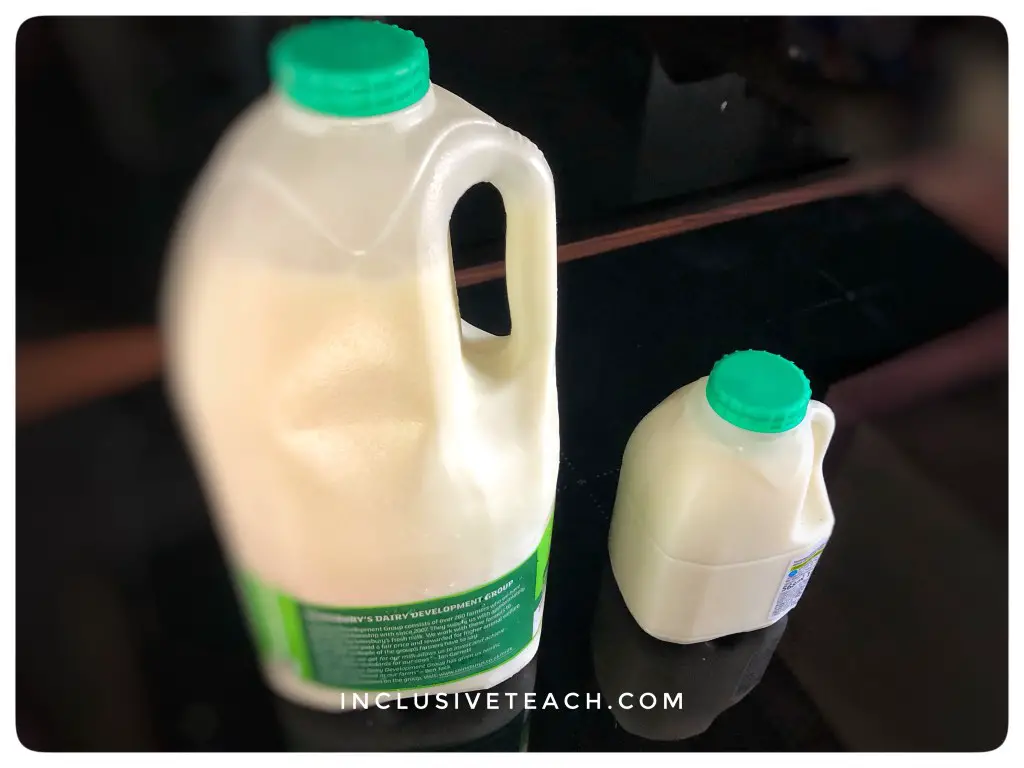
Support the generalisation of contexts – It is really important that we enable learners to use and recognise the vocabulary in as many contexts as possible. In the kitchen, we can look at the big and small cups. When laying the table you can use big and small forks.
Posting Box – these are so quick and simple to make however the problem I have is that the small object fits in the big box. Hmmm, this means that the task is not self-correcting (TEACCH style) but you can make a small hole in the box so any wrong objects fall or roll out. This works well with marbles or toy cars – anything that will roll.
Sort the toys – Very simple to do. We are lucky enough to have multiple-sized PJ Mask toys so the figure is identical except for the size. We can reinforce the concept during play. “The BIG CatBoy is in the mud” etc.
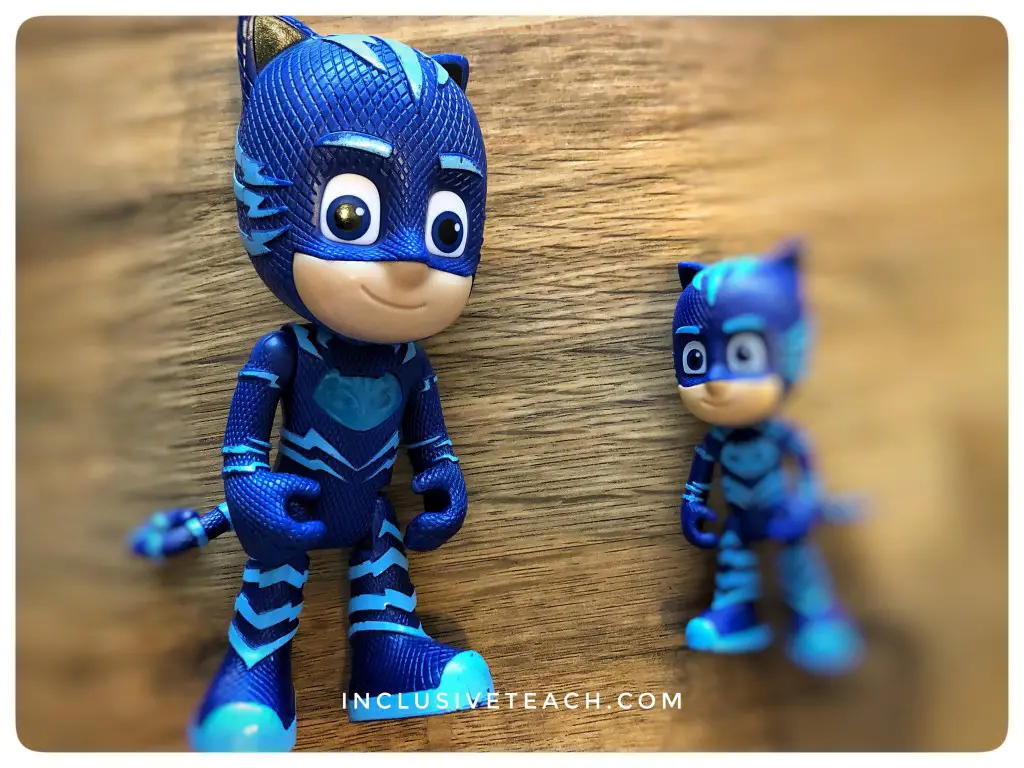
Sorting hoops – Just use a big hula-hoop and a smaller hula-hoop to put objects into that correspond to the size hoop used.
Expandable ball – These are fantastic, small until they are thrown they then expand into a big ball! As recommended by author Nikki Saunders.
Snack time is maths time – Snack time is a fantastic time for embedding and practicing learning.
Lego – As suggested by Mandy Clark Lego is a very versatile teaching tool. Lego bricks lend themselves perfectly to the teaching of maths. You can compare them to each other, 1,2,4,6 or more bumps or compare them to Duplo bricks.
Storytime – Mrs Baroch suggested that Goldilocks and the Three Bears provided plenty of opportunities to use mathematical vocabulary about size. Other possible books you could use include The Snail and the Whale.
Mirrors – This idea from Marie uses the concave and convex sides of a handheld mirror that makes your reflection appear big or small. Just spin the mirror to see you but a different size. This is a great activity for building a sense of self.
Voice – Your voice can be used to reinforce the idea of size in a multi-sensory maths activity. Use a bigger voice for big things and a smaller voice for small things.
Bubbles – A great idea by Rob Di Spirito. Use a range of bubble wands (This set is great value) the pupils can request big or small initially. You can then expand the activity to….
Next Step: Big and Bigger

Line up toys – An expansion of the idea from “big small” you need three toys of different size. I did do a lesson using toy dinosaurs but the variety of shapes made that tricky. This chap from PJ masks was in the drawer and allows you to move up the figures getting bigger then down using smaller.
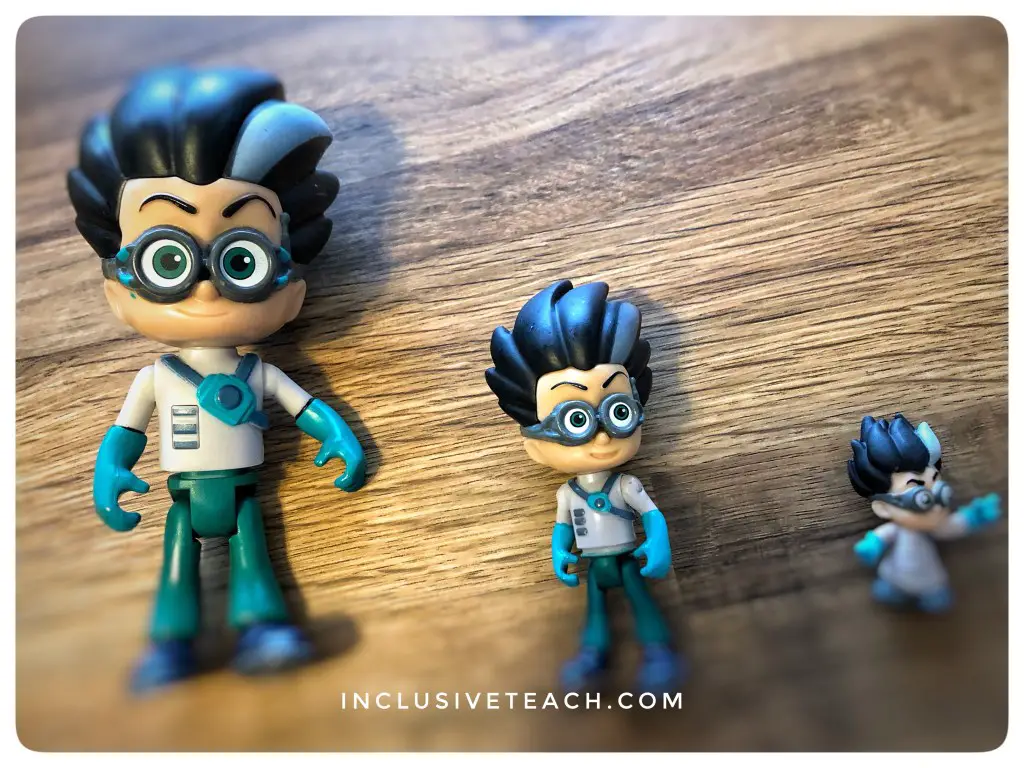
Line up bottles – A classic but if we are being pedantic this is height not size. This activity can be adapted to include capacity. To make this activity more seasonal Glynda suggests using pumpkins. You can then extend the activity to looking at capacity once they have been hollowed out. Which pumpkin holds more!
Snack time is still maths time – A simple way to extend the communicative and pedagogical purpose of snack time. Use a range of plates, break biscuits or fruit into different-sized sections.
Balloon – A fantastic idea to teach bigger/smaller in a multi-sensory way whilst also boosting interaction and communication. You just vary the air in the balloon. Pupils can request bigger or smaller (a pump makes this covid secure).
Hand/footprints – Super simple for those pupils who can tolerate messy hands. You can use adult, child, dressing up gloves, toys (Buzz Lightyear etc) for this. Also great for linking to your story book. You could cut out bear prints of different sizes for “I’m going on a Bear Hunt” or “Goldilocks and the Three Bears”
Adjustable Hula Hoop – This is great for a practical and fun task. This cheap hula-hoop can be adjusted by adding or removing sections. Reinforcing the concept of bigger or smaller.
Balls – PlayBasedSEN suggest using a whole range of balls to sort, throw and play with to develop maths skills. You can even use PECS at attribute level to add “big ball” or colour as well depending on the stage the child is communicating at.
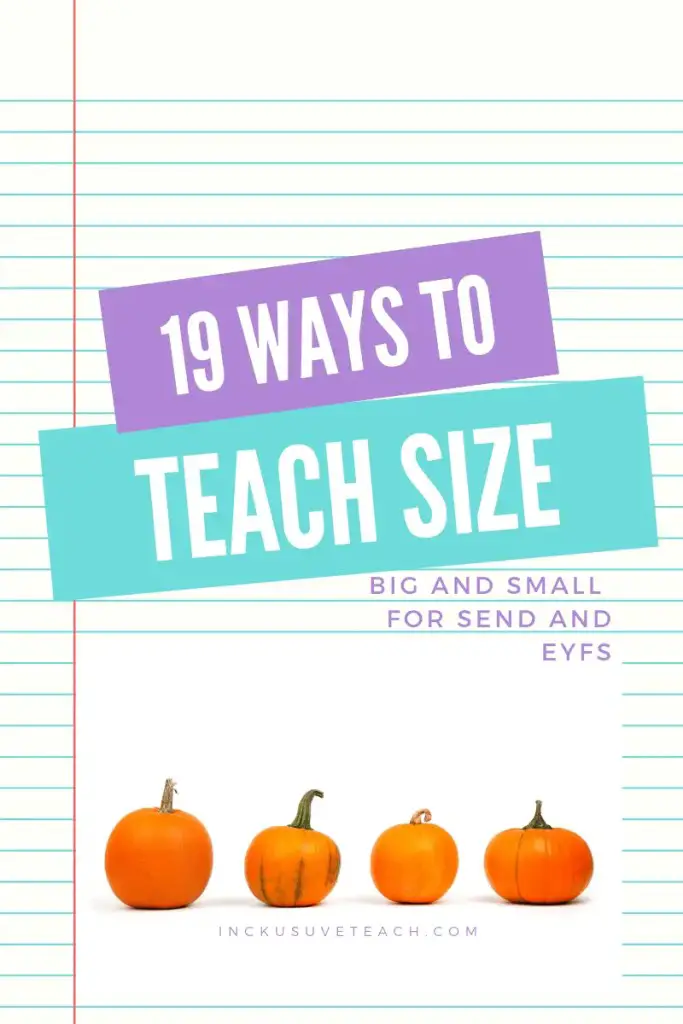

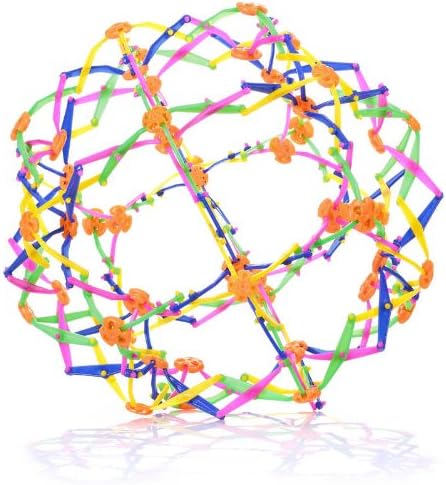


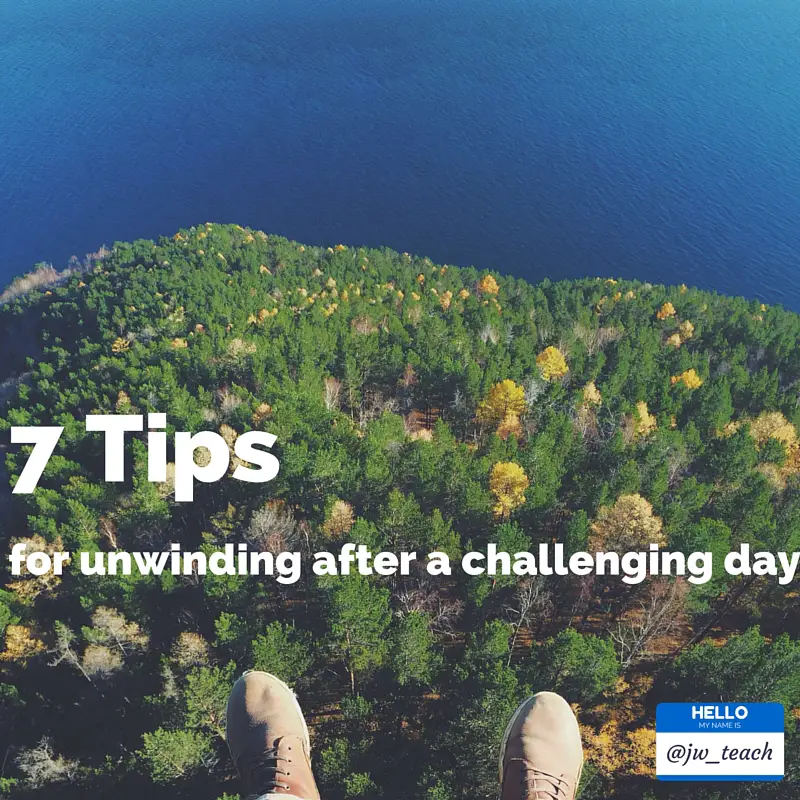
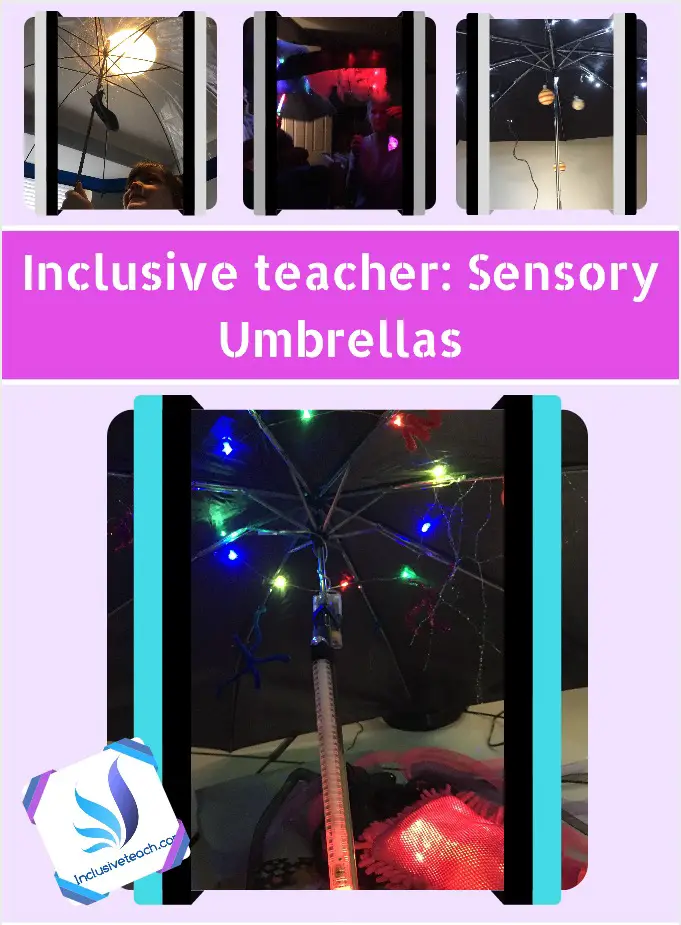
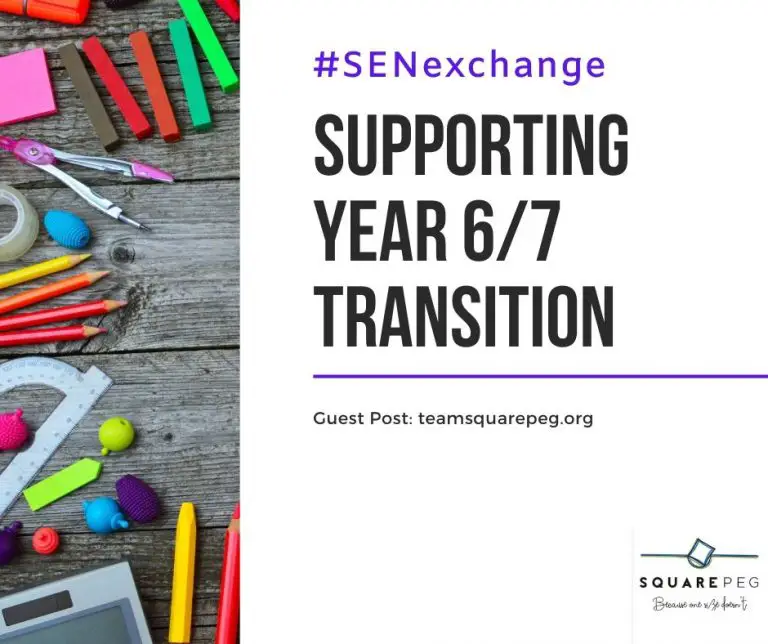
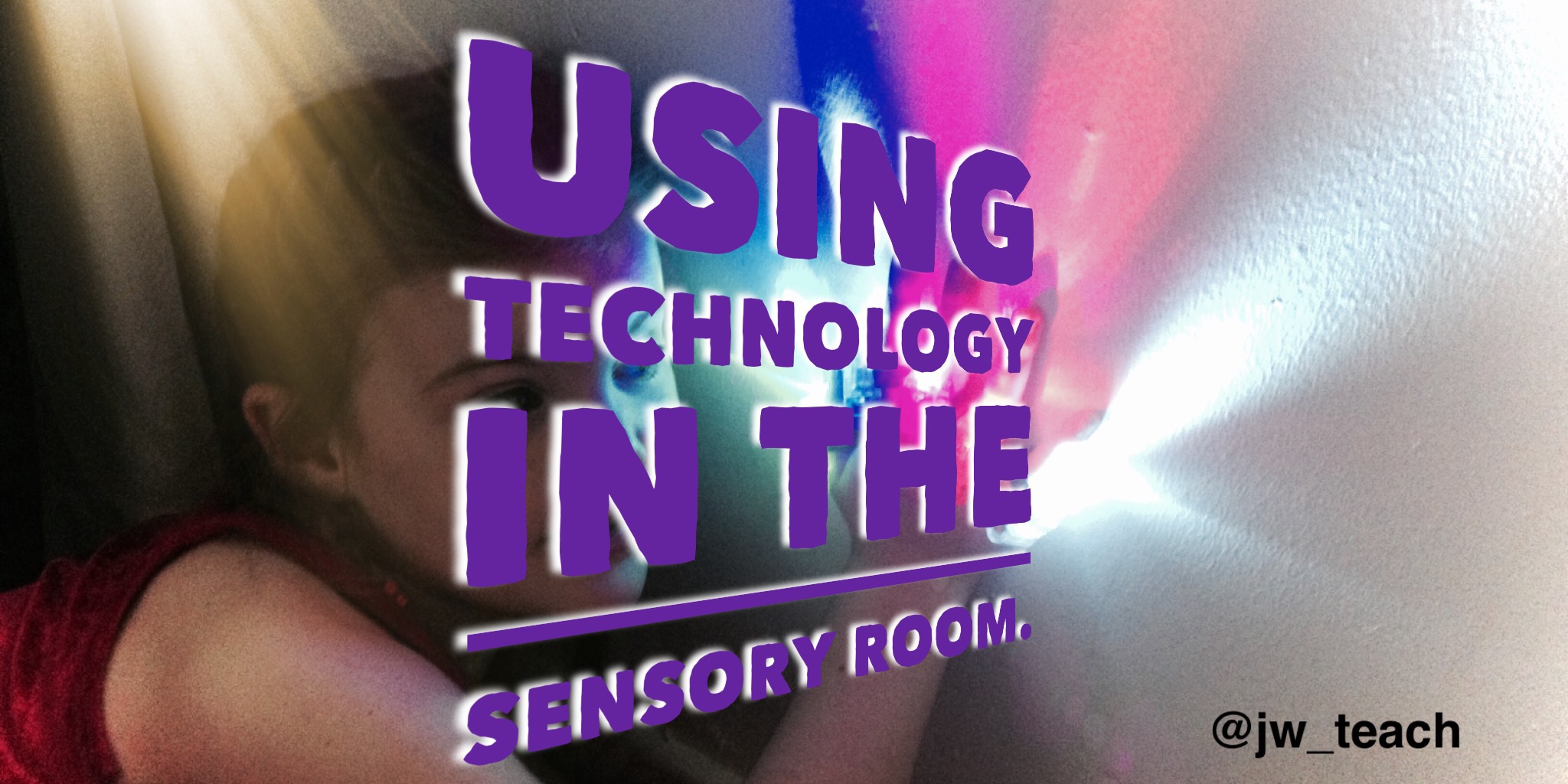

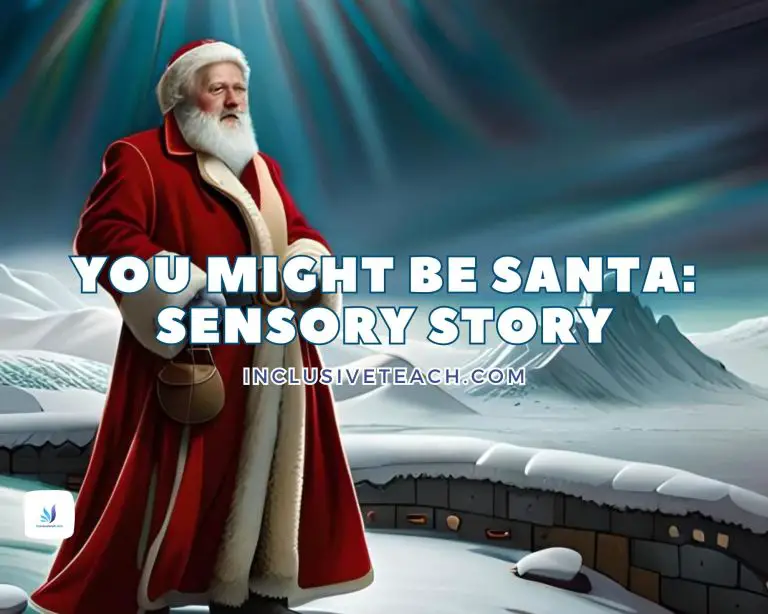
2 Comments